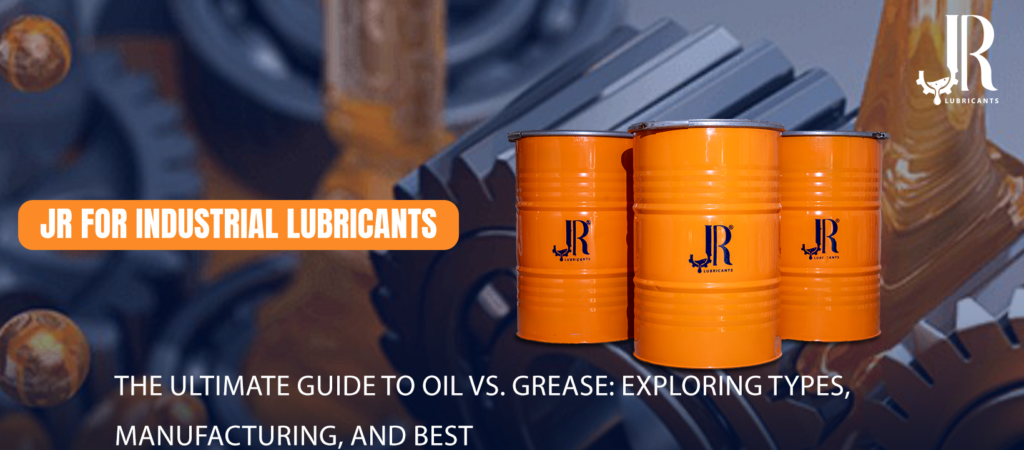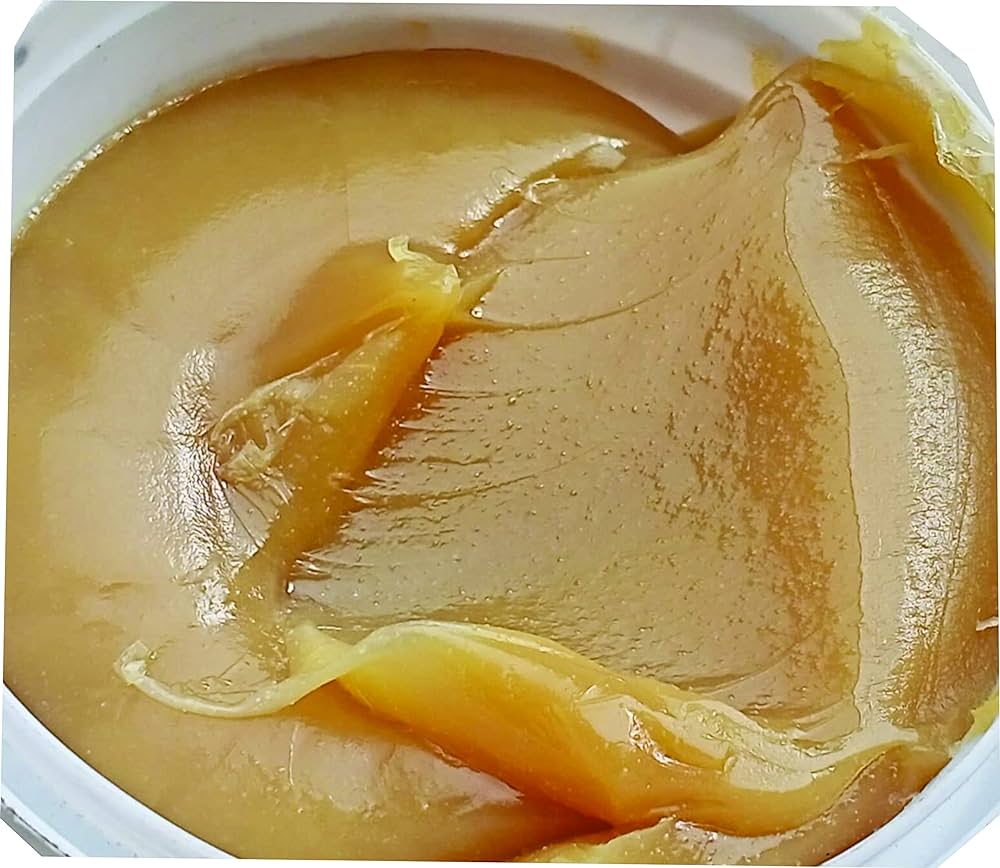In the world of machinery and mechanical engineering, the choice between oil and
grease as lubricants is a critical decision that can significantly impact performance and
longevity. Understanding the differences, types, manufacturing processes, and best
applications for these lubricants is essential for optimal equipment maintenance. In this
comprehensive guide, we will delve into the nuances of oil vs. grease, explore the types
of grease available, uncover the grease lubricant manufacturing process, and highlight
the best hand tool lubricant for various applications.
Oil vs. Grease: Exploring the Fundamental Differences
The debate between oil and grease as lubricants has been ongoing for decades, with
each option offering unique advantages and applications.
Oil:
Oil is a fluid lubricant that flows easily, providing excellent coverage and distribution.
It is ideal for situations where precise application and rapid distribution are necessary.
Oils are commonly used in engines, hydraulic systems, and precision machinery.
Grease:
Grease is a semi-solid lubricant composed of a base oil thickened with a soap, such as
lithium or calcium.
Its semi-solid nature allows it to adhere well to surfaces, making it ideal for applications
where staying power and protection against contaminants are crucial.
Grease is often used in bearings, gears, and heavy-duty machinery.
Types of Grease: From Lithium to Copper
Grease comes in various formulations, each tailored to specific needs and applications.
Let’s explore some common types:
Grasso AL Litio Complesso:
Grasso AL Litio Complesso falls under the category of lithium complex greases.
It is known for its exceptional performance under high temperatures and heavy loads.
This type of grease is commonly used in industrial machinery and automotive
applications.
Grasso al Rame (Copper Grease):
Copper grease is used for its anti-seize properties, particularly in automotive
applications.
It helps prevent bolts and fasteners from seizing due to heat and corrosion.
Grasso al Litio Bianco (White Lithium Grease):
White lithium grease is known for its water resistance, making it ideal for marine
applications.
It is commonly used in boat trailers, winches, and other marine equipment.
Grasso Bianco Corpo (Body White Grease):
Body white grease is a general-purpose lubricant with good stability and anti-wear
properties.
It is suitable for a wide range of applications, including hinges, latches, and sliding
mechanisms.
Grease Lubricant Manufacturing Process
The manufacturing process of grease is a precise and controlled operation that involves
several key steps:
- Base Oil Selection: The first step is selecting the base oil, which can be mineral oil,
synthetic oil, or a blend of oils. - Thickener Addition: The selected base oil is then mixed with a thickener, such as
lithium hydroxide, to create the semi-solid consistency of grease. - Additive Incorporation: Various additives, such as anti-wear agents, corrosion
inhibitors, and antioxidants, are added to enhance the grease’s performance and
properties. - Homogenization: The mixture is then homogenized to ensure a uniform distribution of
the thickener and additives throughout the grease. - Packaging: The final step involves packaging the grease into containers or cartridges
for distribution and use.
Greece Oil Discovery and Oil Fields
Greece, with its rich history and culture, has also made significant strides in the oil
industry. The discovery of oil fields in Greece has contributed to the nation’s economy
and energy independence. Some notable oil fields in Greece include:
Prinos Oil Field: Located in the northern Aegean Sea, the Prinos Oil Field is one of
Greece’s largest producing oil fields.
South Kavala Oil Field: Situated in the northern part of Greece, this oil field has
contributed to Greece’s oil production since its discovery.
Best Hand Tool Lubricant: Grasso AL Litio Complesso
When it comes to hand tool lubricants, Grasso AL Litio Complesso stands out as an
excellent choice. Its lithium complex formulation offers several advantages:
High-Temperature Stability: Ideal for hand tools that operate under high heat
conditions.
Excellent Load-Carrying Capacity: Provides optimal lubrication for heavy-duty tools
and equipment.
Corrosion Protection: Guards against rust and corrosion, extending the lifespan of
tools.
Water Resistance: Maintains effectiveness even in wet or humid environments.
Graphite Oil and Lubricant Definition
Graphite oil is a dry lubricant that consists of fine graphite particles suspended in a
liquid carrier. It is commonly used in locks and mechanisms where traditional liquid
lubricants may attract dust and debris.
Grease Prices and Grease Definition
Grease prices can vary based on factors such as the type of thickener used, the quality of
base oils, and market demand. Generally, lithium-based greases tend to be more
expensive due to their superior performance and longevity.
Grease, in simple terms, is a semi-solid lubricant composed of a base oil thickened with
additives to create a viscous substance. Its main purpose is to reduce friction and wear
between moving parts in machinery and equipment.




